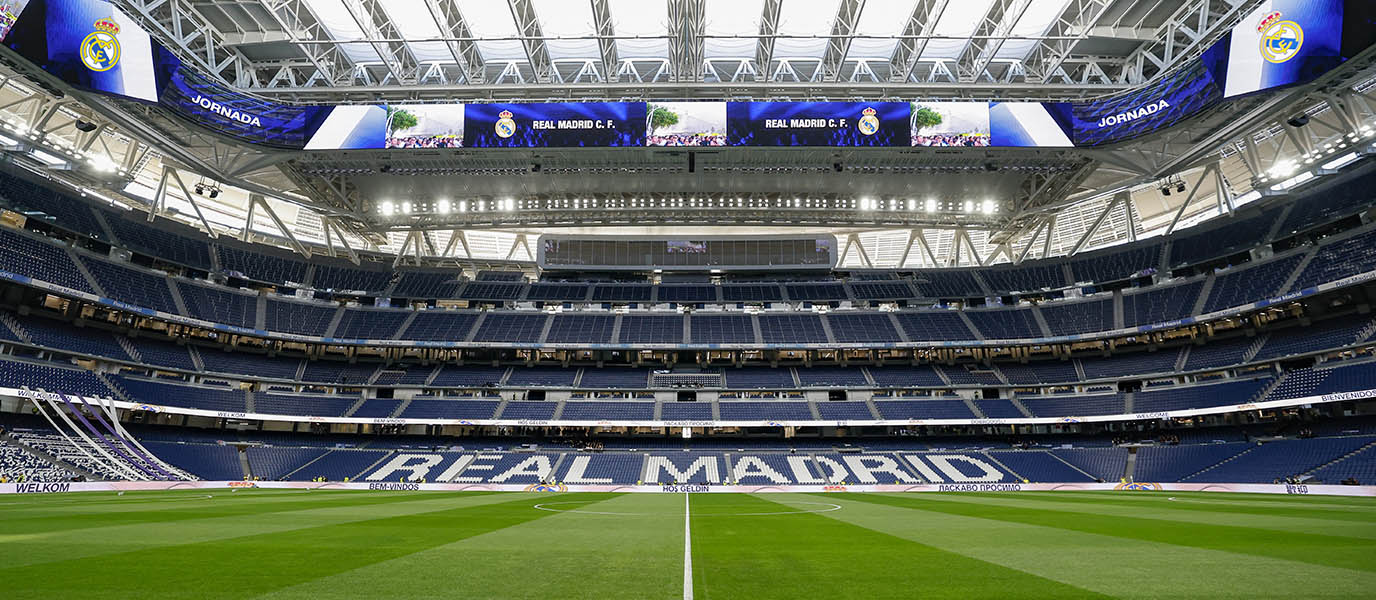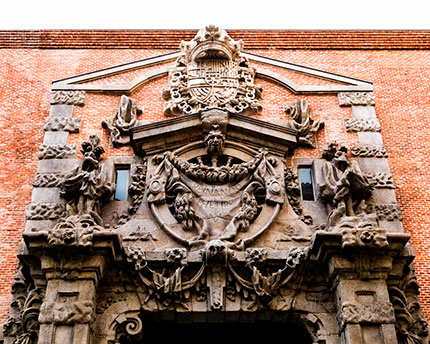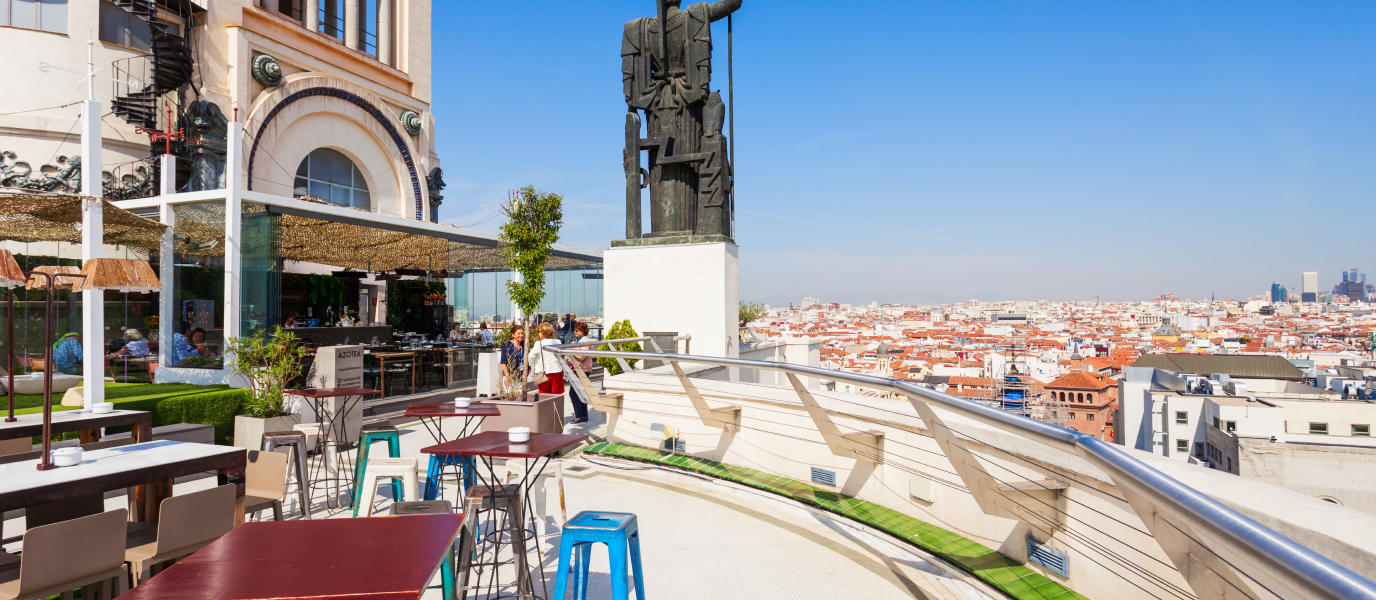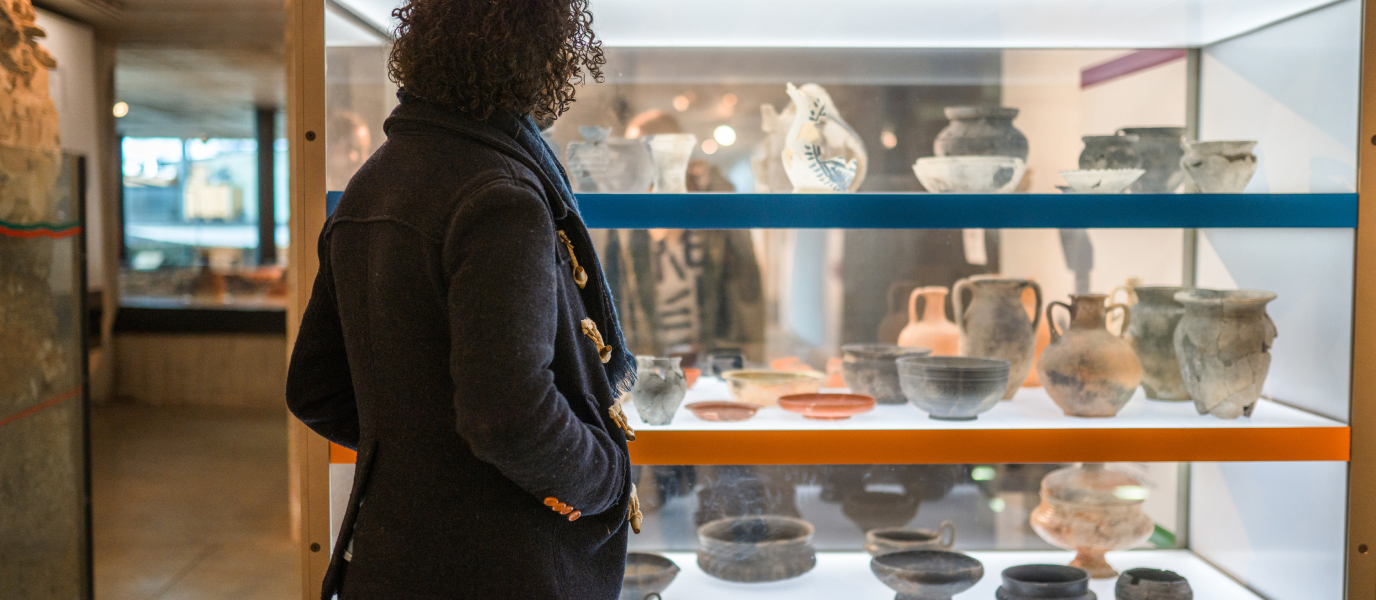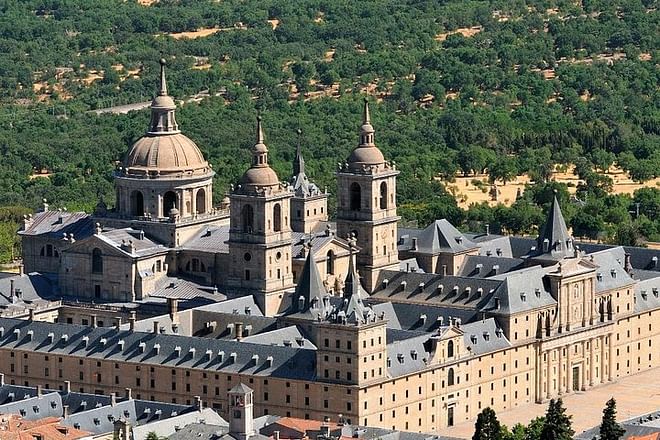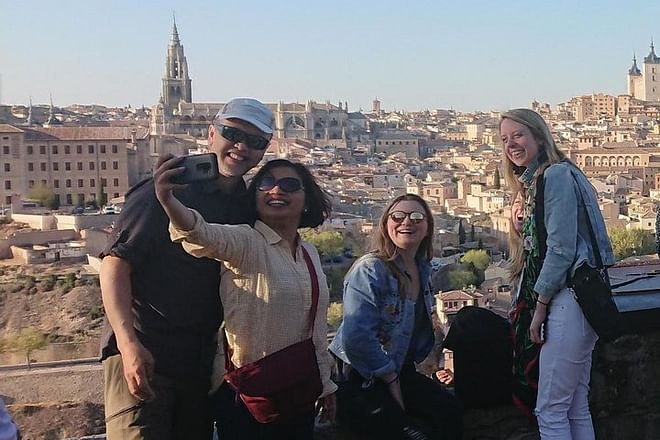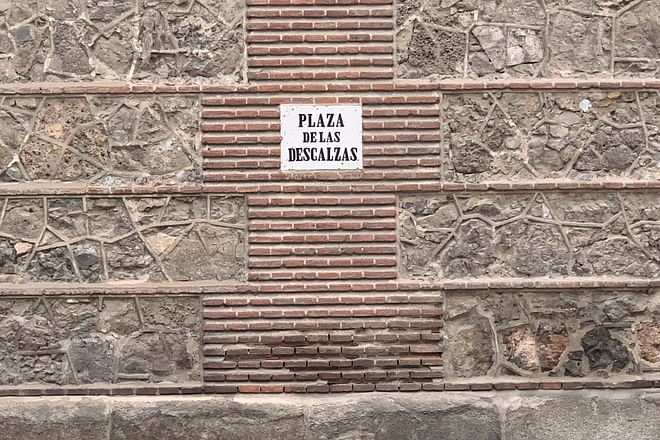The Santiago Bernabeu stadium has become one of Madrid’s top tourist attractions, as the white team boasts a huge following, with a fan base spread across the entire world. That is hardly surprising when one considers the number of titles the club has won during its lifetime and, in particular, its outstanding success in the European Cup, something of which the team’s fans are inordinately proud.
If you would like to visit the white domain, read on — in this article, we provide all the information you need to make your visit to the Santiago Bernabéu Stadium an unforgettable experience.
- From the O’Donnell ground to Nuevo Chamartín
- The stadium that is the dream come true of President Bernabéu
- The new Santiago Bernabéu
- Tour of the Santiago Bernabéu stadium
- The Real Madrid Museum
From the O’Donnell ground to Nuevo Chamartín
Santiago Bernabéu is the second largest stadium in the Spanish championship league, behind its historic rival, Barcelona Football Club, whose ground holds 99,354 spectators (as opposed to the Madrid ground’s capacity of 81,044). The stadium is affectionately known as the ‘Coliseo Merengue’.
However, the club’s origins lie in much more modest grounds, such as the one located next to the former bullring which, in 1902, became the first stadium of the recently founded Madrid Football Club. This ground was so basic that the players used a bar called La Taurina in the building next door as a changing room and storeroom. As a result of the club’s increasing fan base, it moved to what was known as the O’Donnell ground (which had two grandstands and capacity for 6,000 spectators) until the ground was sold for housing development.
So the club moved once again, this time to the Velódromo Ground in the Ciudad Lineal district. This sporting complex, built by the famous town planner Arturo Soria, increased capacity to 8,000, and was the first grass pitch in Spain. However, the fact that it was so far away from the city centre was a serious problem for the fans, and so the club only used it for a year.
The Merengues eventually moved to Chamartín in 1924; the stadium held 15,000 people, 4,000 of whom occupied the covered stand. However, the Civil War caused serious damage to the Viejo Chamartín [Old Chamartín], which was upgraded during the immediate post-war period, and its seating capacity raised to 25,000.
The stadium that is the dream come true of President Bernabéu
The arrival of Santiago Bernabéu as the club’s chairman marked a period of glory for a club that was increasing its social mass at a blistering speed. It was Bernabéu who came up with the plan for the Nuevo Chamartín, a stadium that would hold 100,000 spectators, and which was opened in 1947. Ten years later, the club’s indefatigable chairman decided to embark on a new expansion, with the aim of further increasing the ground’s capacity to 125,000. This ambitious project was completed in 1954 and, a year later, the shareholder representatives decided unanimously to name the stadium after the chairman who had dedicated so much effort to making it a reality.
The ‘white coliseum’ subsequently underwent further upgrades, most notably the one to prepare it for the 1982 World Cup, as the Bernabéu ground was chosen to host the final (as well as various qualifying rounds). This was the point at which its capacity was reduced.
The latest changes to the Santiago Bernabéu Stadium, under the chairmanship of Florentino Pérez, were primarily focused on improving the comfort of fans and the profitability of the Merengues’ domain.
The new Santiago Bernabéu
As a result of this refurbishment, Santiago Bernabéu has become the largest-capacity stadium in Spain (able to hold over 81,000 spectators) and one of the biggest stadiums in Europe. It also has the latest technological innovations, such as the retractable pitch, and the temperature-regulated stadium that can be completely covered in just 15 minutes if the weather turns bad.
Thanks to its enormous capacity, this modern infrastructure has earned its place as Madrid’s largest concert venue, allowing important international names in the world of music to choose the Santiago Bernabéu for their gigs.
The full refurbishment of the stadium has given it a futuristic appearance, with a glass and metal shell, which was the work of L35 – GMP Architekten and Ribas and Ribas studios. It opened in September 2023, whereupon it acquired the status of an architectural icon in the city of Madrid.
During the work to expand the stadium, an area near Sagrados Corazones Square was developed as a gastronomic market offering fans and visitors the best the city could provide in terms of restaurants, snack bars and ice cream parlours.
Tour of the Santiago Bernabéu stadium
The best way of getting to know the Santiago Bernabéu Stadium is to attend a Real Madrid game, as in this way you can appreciate all the fine details that make football a game that arouses such passion. The smell of the newly mown grass, the chanting of the fans, the edginess of each counter-attack…
Taking a tour of the Santiago Bernabéu Stadium is an excellent option for anyone seeking an insight into the history of the Merengue club, as the photographs, footballs, shirts and, of course, the trophies on display in the museum’s cabinets help the visitor to reconstruct the club’s glorious past.
The Santiago Bernabéu tour also enables visitors to walk in the footsteps of the first-team players, as it takes them through the iconic locations that fans have seen countless times on television, such as the press room, the changing-room tunnel, the benches and even a replica of the bus that brings the Merengues to the stadium. The icing on the cake, naturally, is to set foot on the pitch that has given so much cause for celebration to Real Madrid’s fans all over the world.
The Real Madrid Museum
Since the remodelling project, the tour also includes the option of visiting the Real Madrid Museum, which holds over 210,000 items that form part of the club’s history and its many victories.
Each of the items in the various rooms tells the story of the most distinguished Spanish football club in history, under each of the different subject headings.
Apart from the trophy room, where visitors can see all the cups, (including the European Cup, the Intercontinental Cup, the UEFA Cup, the League Cup, the King’s Cup and the Super Cup), there are interactive displays and audiovisual elements explaining how Real Madrid won all these trophies.
In fact, one of the highlights of this experience is the sensory room, where visitors can relive the white club’s historic moments through touch and sound, with hymns, commentary on the goals, and information about all the individual players. Not to mention the most legendary shirts and the footballs that have been key in Real Madrid’s triumphs.

























































